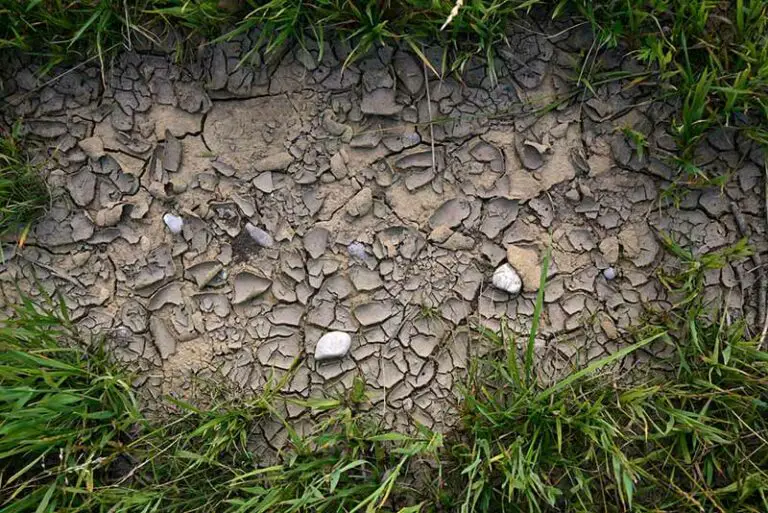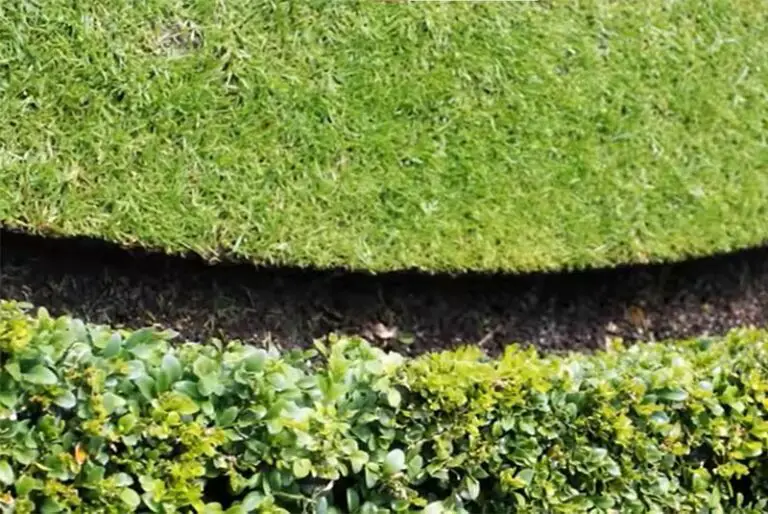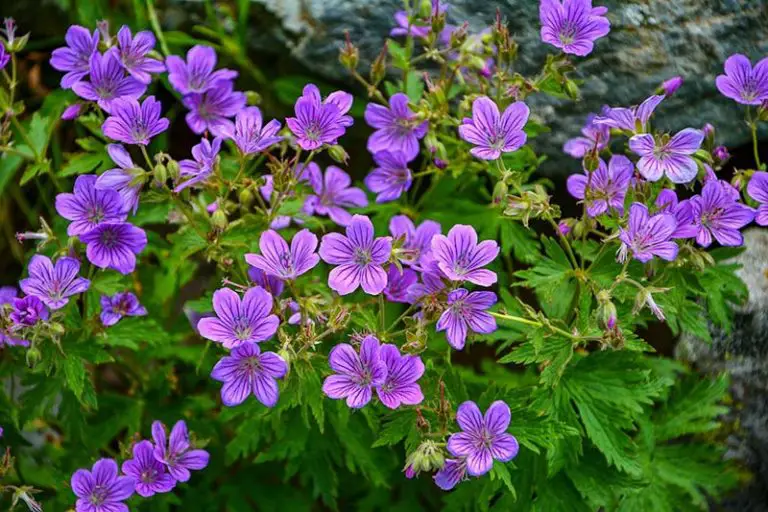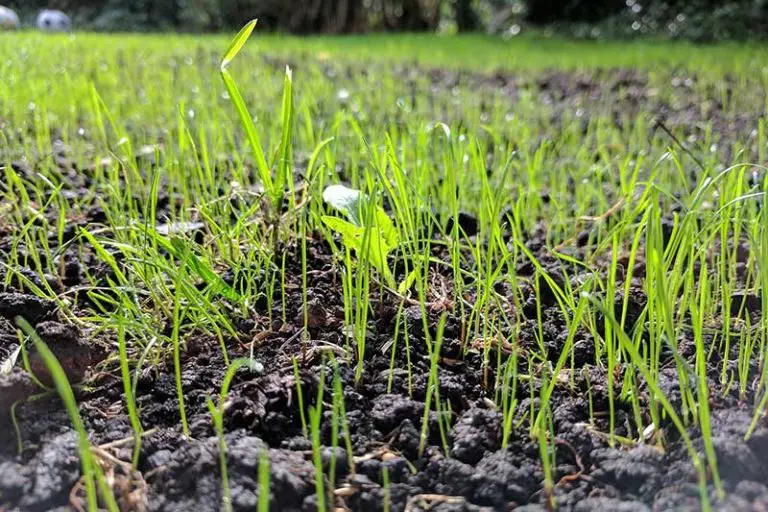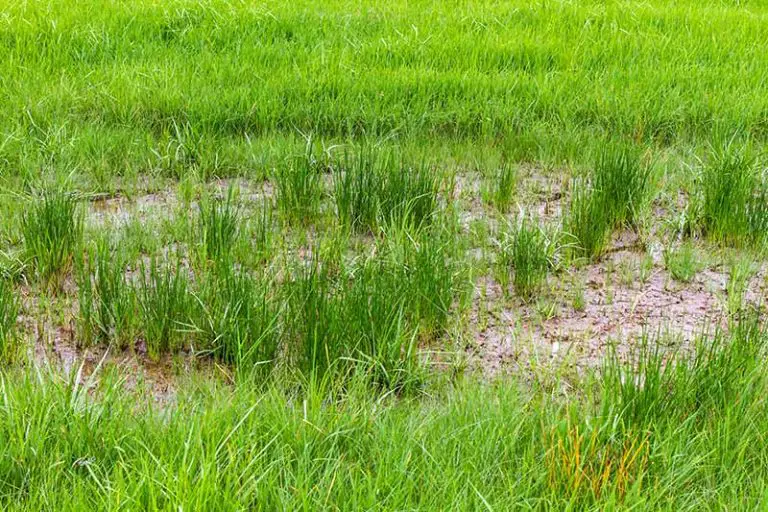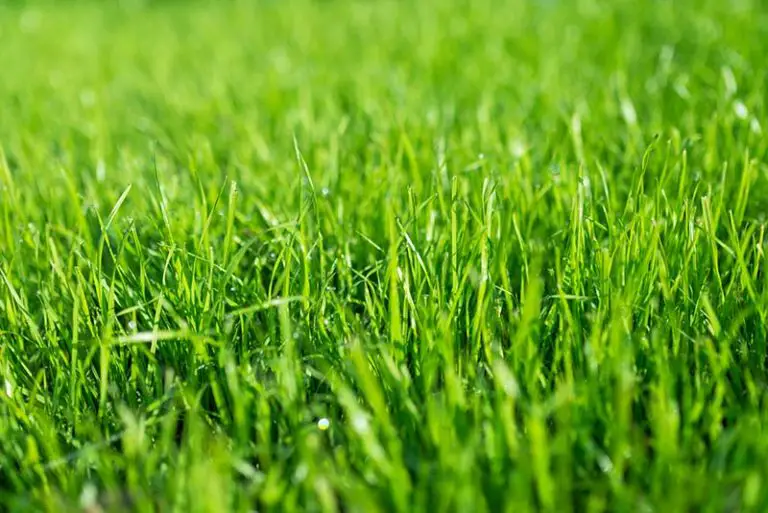How Long After Weed Killer Can I Plant Grass Seed?
If you are trying to spruce up your garden and cut back on the weeds you have to deal with, you might be wondering how long you have to wait after weed killer before you can plant grass seed.
The answer varies quite a lot depending on what kind of weed killer you use, but it’s important to know so you don’t end up wasting the seed you have bought, or affecting the weed killer and reducing its impact on the weeds.
We’ll take a look at how weed killers work and how soon you can plant grass seeds after using the various different options.
How Long Do Weed Killers Stay In The Soil?
The unwanted plants might die back fast, but the real answer to “how long after weed killer can I plant grass seed?” will lie in how long the weed killer stays in the soil for; while it’s there, it’s still active and could harm your grass seedlings.
The amount of time that weed killers can stay in the soil for is quite varied; many take months to stop having an effect, but because that can make planting impractical, some weed killers have been specifically developed to allow for quicker planting.
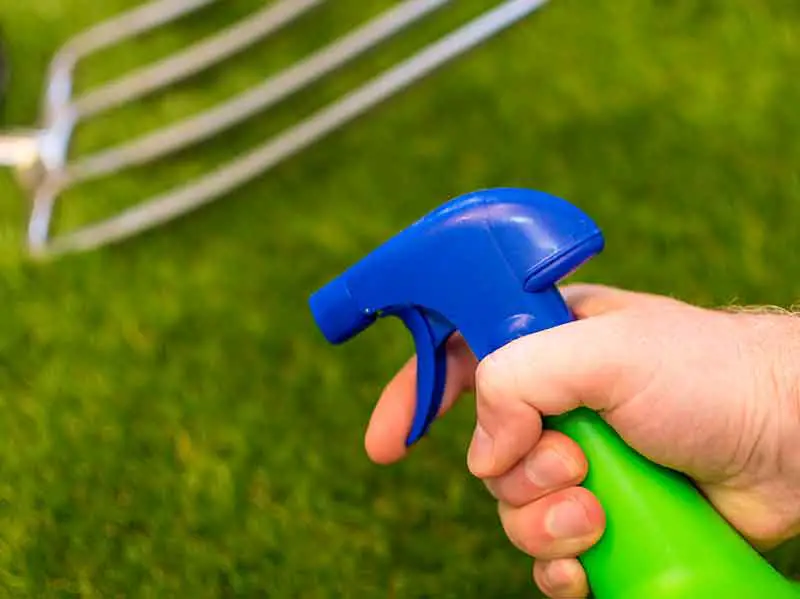
Pre-Emergent Herbicides
If you’re dealing with lots of weeds coming up in unwanted places, you might decide to use a herbicide that has been designed to stop weeds from sprouting and to kill young seeds before they really have the chance to germinate.
This can be effective for handling weeds, but it has a major disadvantage; it will affect any seeds you put down too, and may stop them from germinating or growing. This will set you back if you’re attempting to overseed your weedy lawn. Equally, the seeds may stop the herbicide from working as well, neutralizing some of the barrier that it sets against weeds.
If you are going to use pre-emergent herbicides, you will not be able to plant your grass seeds until after their influence has faded, which will depend on what herbicide you use. The packaging should give instructions about how soon after use you can seed; use these as your guide, and then plant your lawn as normal. These often take around four months before you can safely plant in the soil again; you must wait for the barrier that they create to completely fade before you sow your grass seeds, or they may germinate and be killed, wasting your time and money.
Try Scott’s WeedEx Pre-Emergent Weed Control – if applied in the early spring, this pre-emergent weed killer can work all season to prevent the growth of a number of weeds, including crabgrass, foxtail, spurge, oxalis, and other grassy and broadleaf weeds such as clover. Also, it can prevent the growth of winter weeds like poa annua, henbit, and chickweed, if applied during the fall.
Selective Weed Killers
Alternatively, you might use a selective weed killer to remove weeds from the spaces where you want to reseed your grass. These herbicides are used to kill quite a few different plants, and will target grassy plants and broadleaf weeds.
This herbicide may also harm any grass that you plant and the amount of time it can be effective for will depend strongly on what kind you use. You should read the instructions carefully before you apply it to the garden, and then use these as your guide for how soon you can safely plant. If you are planting anything that isn’t affected by the weed killer, you may be able to plant sooner, but many grasses will be affected by selective weed killers of various types.
Often, around a month will be long enough to let the impact of selective weed killers fade, but you should follow the instructions on the packet. If you’re planting flowers or vegetables, you can probably plant more quickly.
This easy-to-apply WeedClear Weed Killer from Ortho will get rid of any weeds that have grown in your lawn. It has been formulated to kill over 250 types of weeds right down to the root without causing any damage to the surrounding grass, as long as you take care when following the instructions.
Glyphosate Weed Killer
This is a particularly popular kind of weed killer that targets the roots of the plants, and works its way quickly through the whole plant, from the top to the base. It is not thought to leave any traces, and once it has worked through the plant, it is absorbed by the soil and stops having an effect. It works as a highly effective weed killer, but it’s important to note that it will also kill off any grass that it’s applied to.
You may be able to plant as soon as three days after using Glyphosate, although you should be careful and follow any guidance provided with the product to avoid wasting your grass seed.
Glyphosate can take around a week to kill the weeds fully, and you may wish to remove debris before planting, so that you can aerate the soil and maximize the root space for your new grass seedlings. Wait until the poison has taken full effect so you can remove the whole plant. You don’t want roots left behind; the Glyphosate may not reach them, and the weed might sprout back from the leftover scraps of plant, spoiling your grass and competing with the seedlings.
If you want to completely kill off weeds and grass plants using a glysophate weed killer, try the Roundup Max Control Vegetation Killer. It contains 18% glysophate and will produce noticeable results in the lawn in as little as 12 hours.
Err on the side of caution with all of the above herbicides; if in doubt, wait longer. This will reduce the chance of you accidentally killing off seeds that you are attempting to plant, or wasting your weed killer’s efficacy on plants that you want to keep.
Using Herbicides On Newly Planted Grasses
Newly planted grasses are very tender and can be delicate for quite some time, even if they look well-established and as strong as your older patches of grass.
That means that you need to be careful about using herbicides on grass that is young. You don’t want to kill off your carefully seeded new grass, so it is important to read the instructions that come with your weed killer.
Many weed killers will damage grasses that are less than three months old. Things like Weedol should not be applied until the grass has reached three months, while Resolva will take a full six months before it can be applied to grass.
Products such as MossOff are generally safe to use once grass seed has germinated properly, but should not be used on top of grass seed, as they may damage it. You should always double-check use instructions before adding a product to your lawn or letting it come into contact with your grass seedlings.
Conclusion
If you’re wondering how long after weed killer can I plant grass seeds, you should find that most weed killers have instructions to help guide you on waiting periods and the potential risks of planting sooner.
Traces of weed killer in the soil could massively reduce the seeds’ ability to germinate, or might destroy the seedlings, so it’s important to choose a weed killer with short-term impact, especially if you want to seed your lawn quickly, and not wait.

